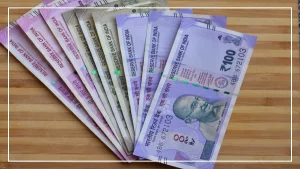Platforms like Amazon and Flipkart offer huge discounts on electronics, such as mobile phones, fridges, and ACs, with prices that can be significantly lower than in local markets.
For example, products priced at ₹11,000 in stores might be available online for just ₹9,000.
The question is, how do these e-commerce giants offer such steep discounts, and what impact does this have on traditional retail traders?
How Do They Provide Such Big Discounts?
Trade organizations claim that Amazon and Flipkart use investor funds to offer massive discounts, a practice referred to as “unrealistic pricing.”
These companies spend large amounts of cash and take on losses to capture a larger share of the market.
There are also accusations that these platforms may be violating Foreign Direct Investment (FDI) policies to maintain these discounts.
Opposition from Retail Traders
Organizations like the Confederation of All India Traders (CAIT) and the All India Mobile Retailers Association (AIMRA) have voiced strong opposition, accusing these platforms of engaging in unfair practices that severely hurt small and medium-sized retailers.
These discounts not only make it harder for traditional traders to compete, but they also contribute to the growth of the gray market, where tax evasion is a common issue.
Impact on Retailers
These discounts significantly affect physical stores, where traders are finding it increasingly difficult to attract customers.
As a result, trade organizations are demanding a suspension of the operations of these e-commerce giants.
AIMRA has also accused some big brands and banks of supporting these platforms, while Chinese mobile brands like OnePlus, IQOO, and Poco are said to be collaborating with e-commerce companies to manipulate prices.
The debate continues as small retailers struggle to survive in the face of these deep discounts.























